Recent Articles
Popular Makes
Body Types
10 Reasons to Buy a Car

Buyingacar ・ Photo by Bigstock
Although Autobytel usually puts its focus on what to purchase, today we’ll look at why to purchase—with ten reasons to buy a car during the current model year.
The decision to buy a new car or truck shouldn’t be taken lightly, as the financial commitment can be significant. The average transaction cost for a new vehicle topped $35,300 at the end of 2016, and the average price of a used vehicle was more than $19,000. There are also some great deals out there to help lower your outlay, and that’s a good reason to go car-shopping itself.
If you’ve been waiting for the auto industry to hit new heights regarding performance, efficiency, technology and safety, your wait is over.
1) Mobile Wi-Fi technology
It may be hard for younger readers to believe, but there was a time when getting in a car meant cutting off all communications with the outside world. Even as recently as 50 years ago, almost 40 percent of all cars sold in this country came without radios. Things are a little different nowadays, though, and connectivity technology has become one of the most important reasons for buying a car. In fact, a growing range of mass-market automakers offer full mobile Wi-Fi service with 4G LTE connectivity. Consider the 2017 Chevrolet Spark: Chevy’s city-sized Spark comes with a Wi-Fi hotspot and three-month, three-gigabyte data trial as part of its $13,000 MSRP.
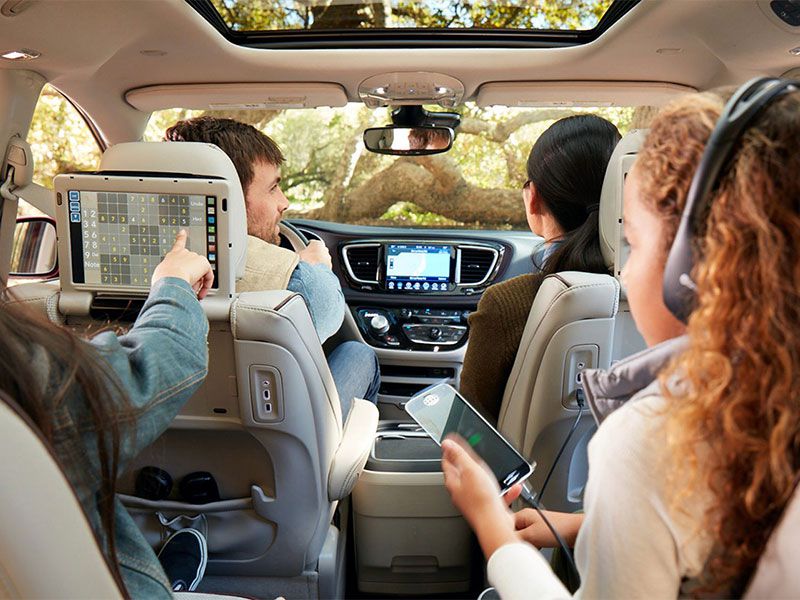
Photo by Fiat Chrysler Automobiles
2) Smartphone integration
The thing is, most customers can do just fine without mobile Wi-Fi in their vehicles, as long as they have the latest smartphone-integration technologies on board. That’s because both Android Auto and Apple CarPlay can expand in-vehicle use of the No. 1 device for going online in the first place: a smartphone. Leveraging the vehicle’s infotainment system and the customer’s compatible phone, Android Auto and Apple Carplay allow owners to use the former to control most of the services of the latter. It’s like converting your touchscreen into the homescreen of your phone and creates further reasons to buy a car—including access to Google and Apple maps, for navigation capability without paying for a separate nav system.
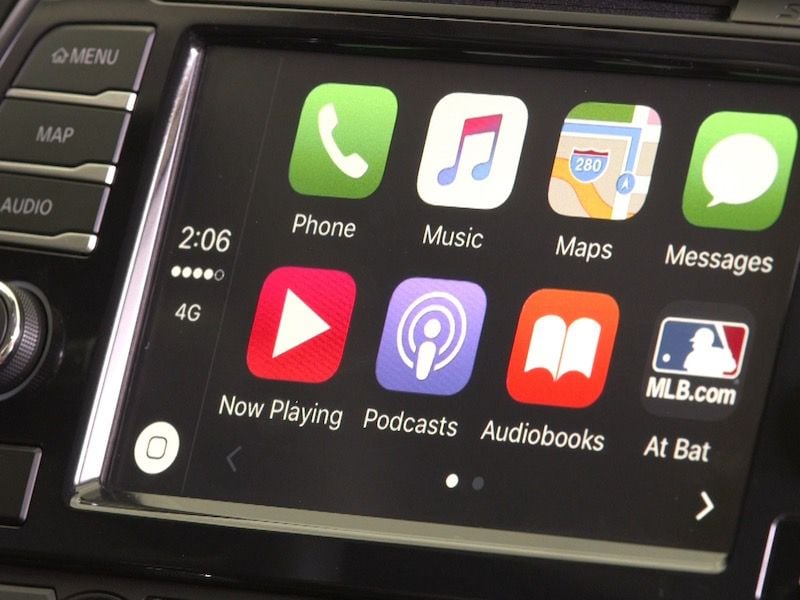
Photo by Nissan
3) Driver-assistance technology
Safety-oriented drivers also can look to cutting-edge technology for reasons to buy a car. For example, backup cameras have become widely available all throughout the industry, while companies like Toyota have started supplying comprehensive safety bundles as standard equipment on more and more of their products. The 2017 Toyota Corolla is a case in point. It’s a compact car, with an MSRP of $18,500, yet it comes standard with forward collision warning forward automatic braking, pedestrian detection, adaptive cruise control, automatic high beams, and a rearview camera system. Additionally, automakers are developing new systems all the time. Thus, the 2017 Subaru Outback can serve up not only forward automatic braking, but reverse automatic braking as well.
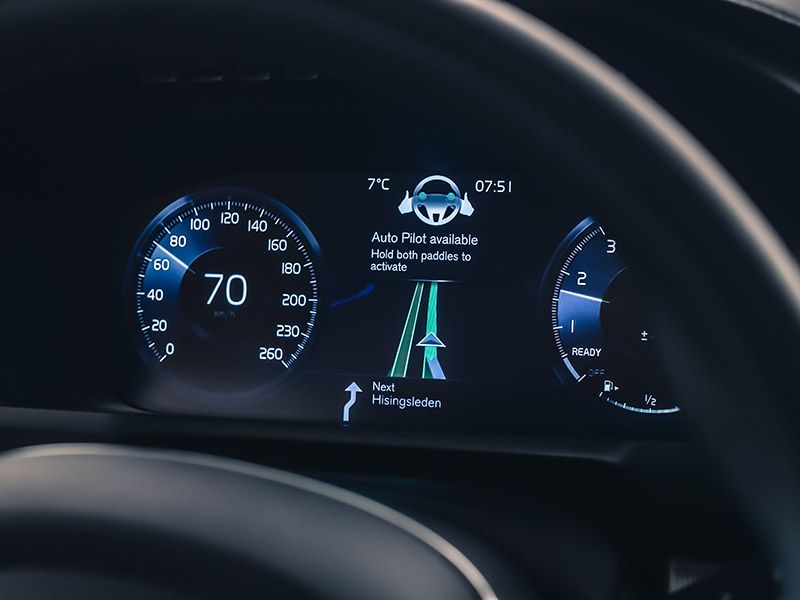
Photo by Volvo
4) Performance
For drivers with the need for speed, the 2017 Dodge Challenger Hellcat has 707 reasons to buy a car. That’s the number of horsepower in its supercharged 6.2-liter HEMI V8, which pairs those ponies with 650 lb.-ft. of torque. With that engine doing the dirty work, the stock Challenger Hellcat has been known to run the quarter mile in 11.2 seconds, race from 0-60 in about 3.5 seconds, and reach a terminal velocity of 199 mph. In other words, it’s the quickest, fastest, most powerful muscle car ever sold as a production model—for now. The Challenger Demon, due for the 2018 model year, will soon be “raising the bar again.”
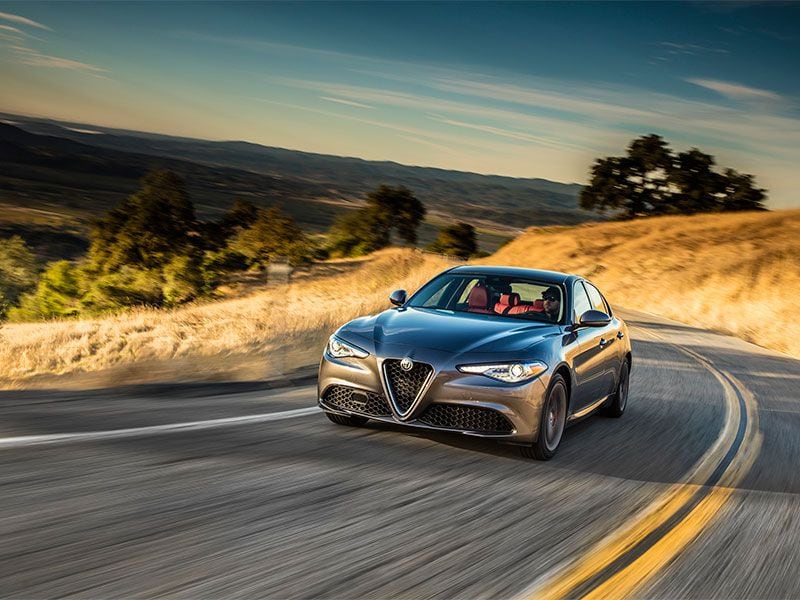
Photo by Fiat Chrysler Automobiles
5) Fuel efficiency
Many people still count fuel economy among their reasons to buy a car, and for those folks, the wide availability of hybrid technology has been a major boon. Indeed, the seven best-selling midsize sedans in the country—from Chevy, Ford, Honda, Hyundai, Kia, Nissan and Toyota—all have hybrid variants. The most efficient, the 2017 Honda Accord Hybrid, has EPA ratings of 49 mpg city/47 mpg highway/48 mpg combined. However, the most fuel-efficient car without a plug is, unsurprisingly, the 2017 Toyota Prius: A new Prius Eco provides standard EPA ratings of 58 mpg city/53 mpg highway/56 mpg combined. Also standard in the car: handy technologies such as an Entune infotainment system to LED exterior lighting.
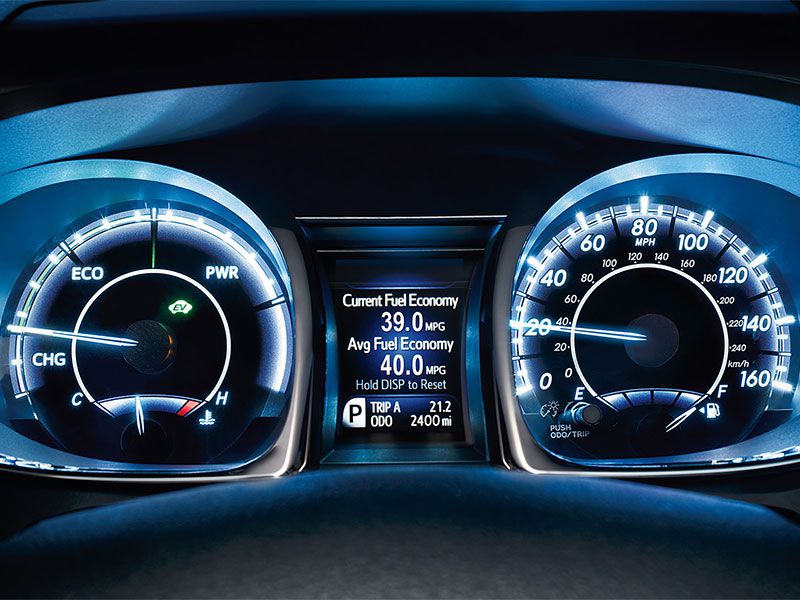
Photo by Toyota
6) All-electric, zero-emissions vehicles
Prefer personal-mobility options with pollution-free on-the-road performance? Two more reasons to buy are the increasing practicality and affordability of the current high-tech electric vehicles. The 2017 Nissan LEAF, for instance, has a confidence-boosting triple-digit driving range, and it remains eligible for the federal government’s $7,500 EV tax credit. Taking that into account then reduces the net cost of the LEAF to $23,180. As a bonus, Nissan also has reduced the cost of charging the LEAF—to exactly $0—for customers in more than 50 metro areas across the United States. That’s part of the company’s standard “No Charge to Charge” program, which enables up to two years of complimentary public charging in the participating cities.
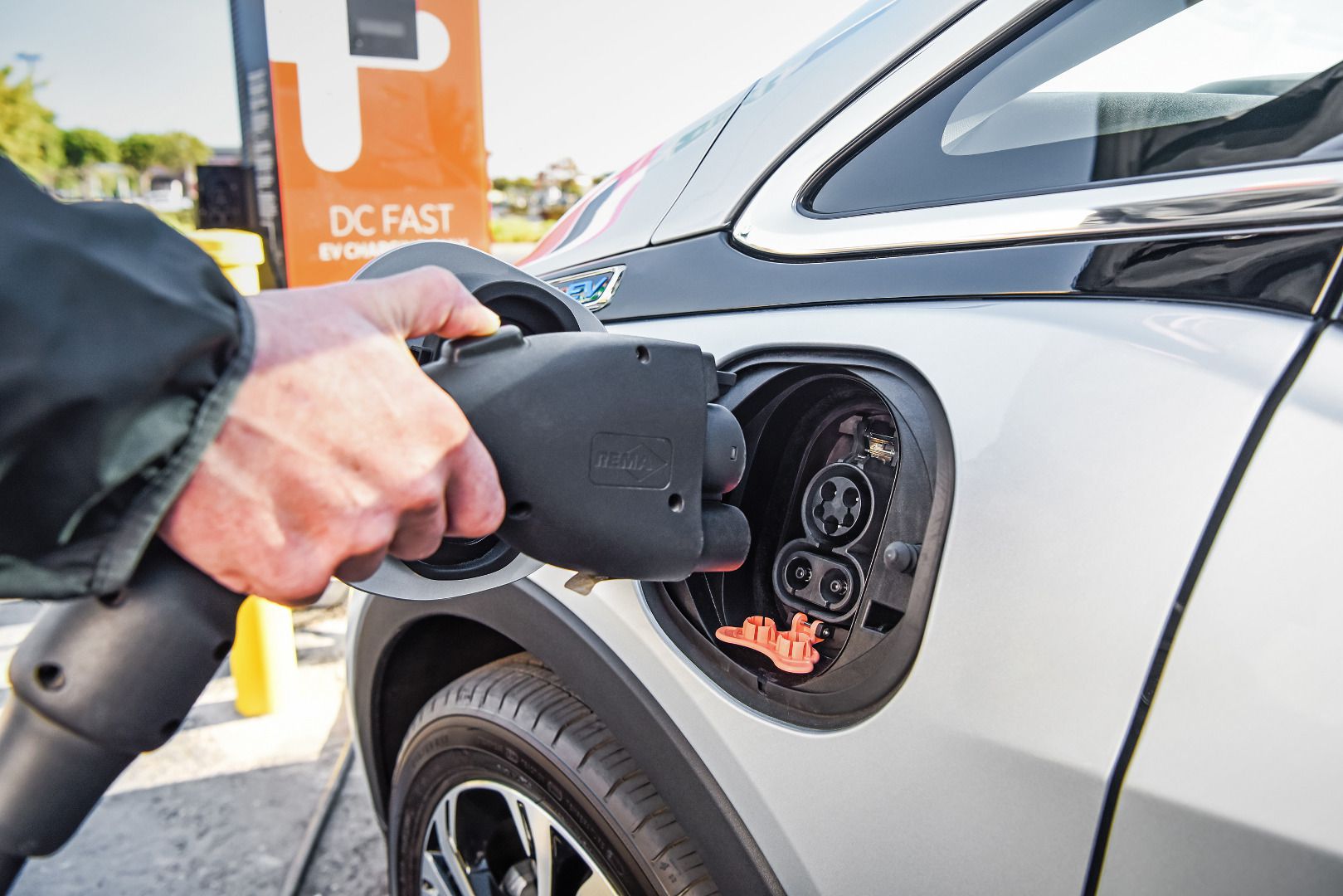
Photo by General Motors
7) Incredible levels of comfort
Especially if you’re spending a lot of time behind the wheel, comfortable seating should be high on your list of reasons to buy a car. A heated driver’s seat is just the beginning, too. Ventilated seating is another cool advantage in premium vehicles, as are climate-controlled seating for the front-row passenger and heating for the second row occupants. Engineers also continue to improve seating ergonomics for enhanced comfort, from Nissan’s NASA-inspired “zero-g” seats to the “perfect position” thrones in the 2017 Lincoln Continental. These “usher in a new era of wellness and luxury,” according to Lincoln, complete with 10-, 24- or 30-way adjustability. The independently adjustable and extendable thigh cushions and the four-way adjustable lumbar support are highlights here.
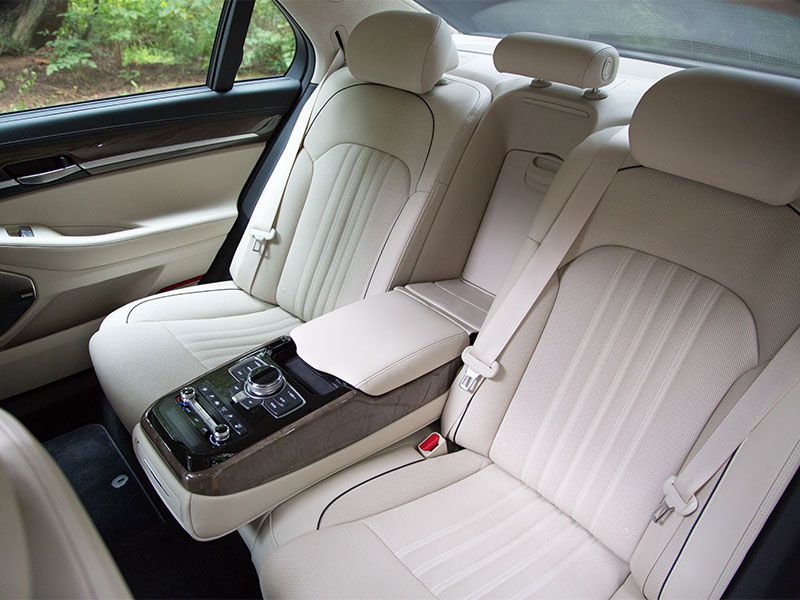
Photo by Genesis
8) Open-air driving
Meanwhile, despite all the marketplace attention being given to crossovers and SUVs, it’s worth remembering that there are specific reasons to buy a car instead of a different kind of vehicle—whether it’s a crossover, sport-utility, pickup or minivan. Right off the bat, there’s the convertible factor. True, you can take off the top in the 2017 Range Rover Evoque Convertible and 2017 Jeep Wrangler, but the first is a luxury entry that opens at nearly $42,000, and the second, for all of its off-road capability, is a body-on-frame SUV. To enjoy a classic convertible driving experience, with nimble, enthusiast-friendly dynamics, the 2017 Mazda MX-5 Miata and 2017 Fiat 124 Spyder sport price tags of slightly less than $25K.
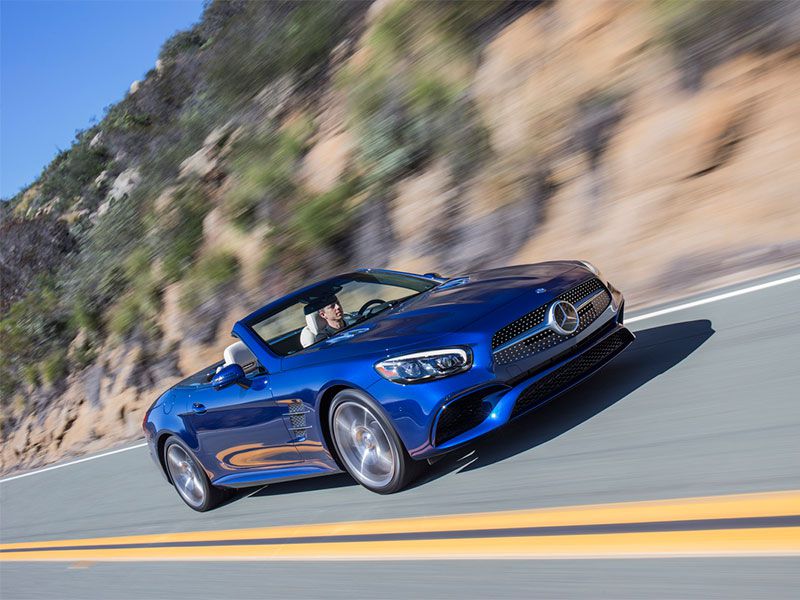
Photo by Mercedes-Benz
9) All-wheel drive
New technology—such as that from the Jeep brand—has given customers more reasons to buy a car with all-wheel drive: The 2017 Jeep Cherokee is just one of the vehicles to furnish four-wheel drive with a disconnecting rear axle. As a result, the Cherokee can run in a more fuel-efficient front-wheel-drive mode when owners are traveling in typical road conditions, achieving EPA grades of 21 mpg city/28 mpg highway/23 mpg combined. The system can then automatically convert to four-wheel drive if extra grip is necessary. The Cherokee does, to be clear, also provide enhanced four-wheel-drive performance in Trailhawk editions. Those “trail-rated” Cherokees can leverage a locking rear differential and a 56:1 crawl ratio to tackle the toughest terrain.
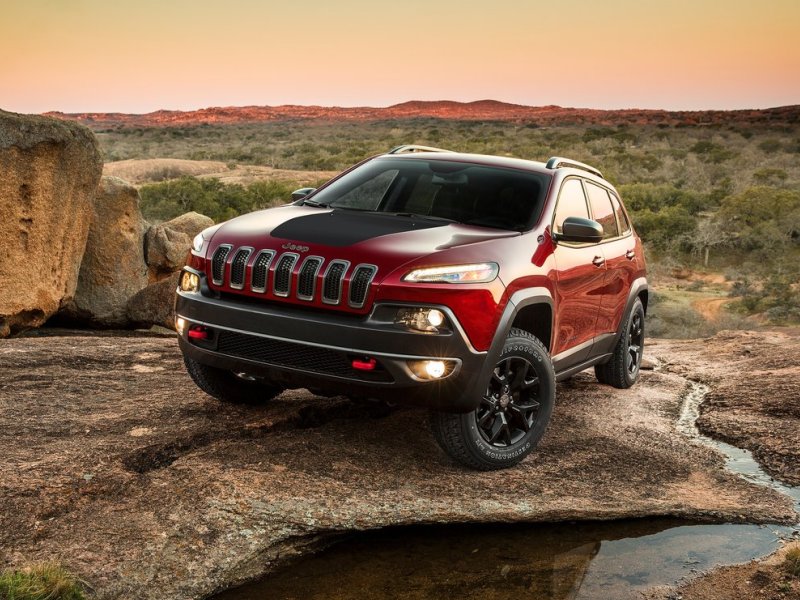
10) It can be better than leasing
Finally, in the age-old discussion of whether to purchase or lease a vehicle, reasons to buy a car can include notable financial savings. Since the typical car on the road today is close to 11.5 years old, it’s clear that the latest vehicles can last a long time. So, even with five years of payments—during which you’re building up equity in your car—many people can look forward to at least five more years of vehicle life without monthly payments.

Photo by Bigstock